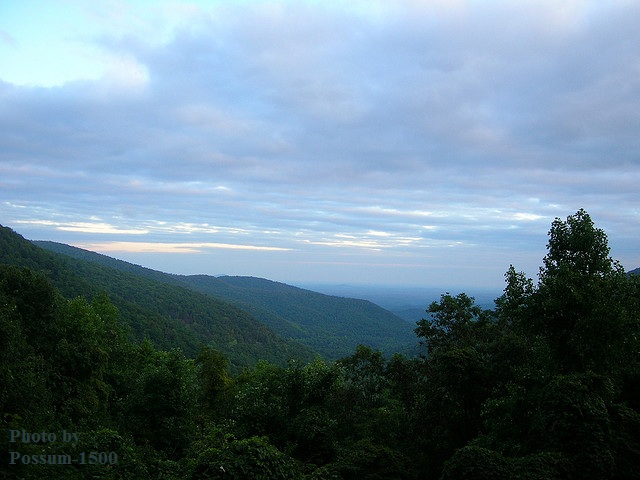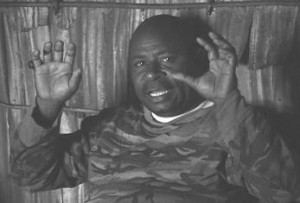Over the years, I sometimes come across the words of a skeptic who asks why, if pterosaurs are still living, we do not see them regularly. I now ask why we ever see them in daylight, for most of them, if not all, seem to be nocturnal. For some sightings, how simple the answer!
Dramatic sighting reports of pterosaurs flying in daylight sometimes give us clues about why flight was in the light of day. The flying creatures were disturbed from sleep and took off into the air as a bird or bat will do when awakened or spooked by potential danger.
Duane Hodgkinson reported that a wild pig ran through the jungle clearing, just before he and his army buddy saw the huge flying creature (that he called “pterodactyl” and that I call “ropen” or “Rhamphorhynchoid pterosaur”) ran to get airborne. It was west of Finschhafen, New Guinea, in 1944. The noise of the pig surely frightened that ropen, waking it up, just as the two soldiers were startled by that pig. That sighting was in the middle of the day, but ropens are known to be nocturnal, even glowing with bright bioluminescence, apparently. (See “Expeditions of 2004“)
Brian Hennessy reported that a prehistoric-looking creature flew overhead one day in 1971, as he was in a truck on a mountain road on Bougainville Island, New Guinea. I imagine a truck on a mountain road on a tropical island in 1971, and I can almost hear the noise of the engine. That is probably what woke up that nocturnal ropen on Bougainville Island. (New Guinea is now Papua New Guinea.)
A teenaged girl was gazing out over a cliff with her father, on a summer day in Arkansas, in 1977, as she kicked rocks over the edge. Guess what came flying off that cliff, only about twenty feet below the feet of that teenaged girl. What would wake up a flying creature that was sleeping in daylight on a cliff?
Pterosaur Sighting in Arkansas
A critical point, missed by critics, is the physical closeness to the flying creature, even when the encounter was years ago. In this case, the two eyewitnesses were only about twenty feet away from the “teradactyl,” when they first saw it flying away from them, in western Arkansas.
Running pigs, noisy trucks, falling rocks—those are not the only distractions that can wake up a nocturnal creature. One lady saw a long-tailed flying creature—obvious pterosaur—fly in front of her car, while she was driving on a country road in Georgia, in 2008, the day after a tropical storm had passed through. If you live in a cave subject to flooding, a tropical storm can ruin your day, in fact people have been known to lose sleep when their houses are being flooded; it could happen to nocturnal creatures that are evicted in daylight.
Fifteen miles of her commute is on a two-lane 55-mph road through woods alternating with pastures . . . The southeastern United States had just been hit by Fay [a serious storm] . . . when PS drove to work on August 27, 2008. . . . an animal suddenly flew from the right, just over the front of her car. Although alone, she yelled, “What the — what — what is that?” . . . Overall, the animal was tan, similar to the light brown of the local deer . . .
We need to keep this Georgia sighting in perspective, however. About two weeks after her first sighting, the lady in Georgia had a second sighting, a smaller flying creature of the same species, in the same general area of countryside and also in the light of morning, flying over the same road. That does not prove the earlier storm was irrelevant, but it may suggest a more complex behavior, perhaps of a mated pair trying to find a suitable place to sleep in daylight.
Mountains and forest in Georgia, U.S.A.:




